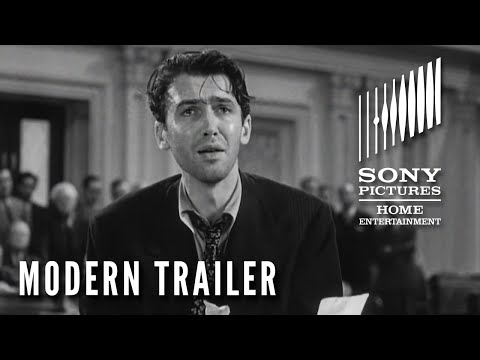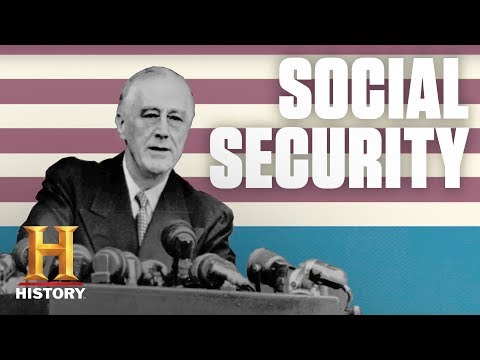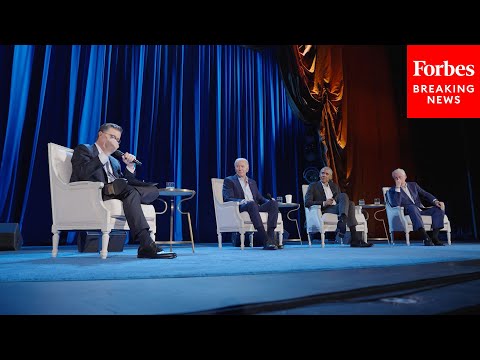In its early years, Hollywood delivered storylines that mirrored the hopes, struggles and dreams of everyday Americans.
During what is often referred to as its “golden age,” spanning roughly from the 1920s to the 1950s, the film industry produced movies that resonated deeply with a broad audience.
Directors like Frank Capra epitomized this era by creating films such as “It’s a Wonderful Life” and “Mr. Smith Goes to Washington,” which portrayed protagonists who fought against corruption and stood up for the common good.

These narratives weren’t just entertainment; they were powerful reflections of the societal challenges faced during the Great Depression and World War II.
Those days, however, are long gone. Hollywood no longer concerns itself with making art for everyday Americans, and the Democrats now represent the interests of elites.
Jimmy Stewart, one of Hollywood’s iconic actors, frequently collaborated with Capra and others to bring these stories to life. Known for his roles as the Everyman grappling with moral dilemmas and personal hardships, Stewart symbolized humility, integrity, and perseverance—values respected by the American people.
His performances in films like “The Philadelphia Story” and “Harvey” showcased characters who embodied the virtues of resilience and genuine decency. These portrayals not only endeared Stewart to audiences but also reinforced Hollywood’s commitment to a specific type of storytelling, that spoke to the heart of the American experience.
Similarly, the Democratic Party forged a strong connection with the working class throughout its history.

Beginning with Franklin D. Roosevelt’s presidency in the 1930s, Democrats implemented groundbreaking policies aimed at alleviating the devastating effects of the Great Depression. Roosevelt’s New Deal initiatives introduced programs like Social Security, unemployment benefits, and public works projects, providing a safety net for millions of Americans struggling amidst economic turmoil.
These efforts not only stabilized the economy but also transformed the relationship between the federal government and its citizens, laying the groundwork for decades of social welfare policies.
Following in Roosevelt’s footsteps, Lyndon B. Johnson’s administration in the 1960s launched the ambitious “War on Poverty.” This comprehensive set of programs aimed to eradicate poverty through initiatives such as Medicare, Medicaid and federal funding for education and housing.
Democrats positioned themselves as advocates for the working class against the backdrop of rapid industrialization and socioeconomic change.
That was then.
Today, one-party Democratic rule has turned thriving urban centers into, well, San Francisco.
Modern Hollywood prioritizes blockbuster franchises and star-studded events while Democrats court high-dollar donors and corporate alliances over grassroots movements.

The recent Hollywood fundraiser for President Joe Biden underscores the seismic shift—and extreme disconnect. While once aligned with the working class, the party now concerns itself with wealthy donors and celebrities who inhabit a world far removed from everyday struggles.
The irony lies in the fact that both Hollywood and the Democratic Party built their legacies by giving voice to the voiceless. Films like “On the Waterfront” and “Norma Rae” highlighted labor rights and social inequality, mirroring the Democratic Party’s commitment to worthwhile, even laudable policies.
However, today’s Hollywood prefers to focus on spectacle, escapism and, like the Dems, lecturing the people of America on how to live appropriate lives.

Can a party still claim to speak for the working class while relying heavily on contributions from Hollywood celebrities and corporate interests? It’s akin to a person claiming to represent vegans while chowing down on a T-bone steak.
The recent fundraiser saw Biden roll out the red carpet for washed-up stars including George Clooney and Julia Roberts. Jimmy Kimmel was also present, as was the ghost of Obama past.
All four paid homage to the cognitively compromised octogenarian, who may or may not have known that a bug fundraiser was taking place.
All the @DNC robots are trying to gaslight America into believing this didn’t happen pic.twitter.com/i8YI3MQfgk
— Ron Coleman (@RonColeman) June 17, 2024
The event’s host was Anna Wintour, the queen of opulence (and ice).
In essence, the parallel between Hollywood’s devolution and the Democratic Party’s transformation underscores a broader narrative of change and the rejection of broader values. Hollywood may never rediscover its roots in actual substantiative storytelling, and the Democrats lost their ability to connect with working-class voters.
Why? Because this would require profound levels of change. It would also involve re-assessing money-making avenues and ventures.
And if there’s one thing Democrats and Hollywood value more than the American people, it’s easy access to bucketloads of cash.
The post How Democrats and Hollywood Abandoned Working Class appeared first on Hollywood in Toto.